

Hernández was charged with the same offense as the other participants in the protests, “public disorder.” The teenager had been released during the night of July 20, under a precautionary measure of house arrest, after spending ten days in prison at the 100th y Aldabó station, unable to communicate with her family or receive visitors.
The family sent a message of gratitude to all who denounced the case of the young woman, who is completing her last year of high school in Havana and is also training to be a dancer.
Heissy Celaya Pérez, Hernández’s mother, learned of her daughter’s arrest through the young woman’s own voice, as she managed to make a call at the time of the arrest. After that communication, during which Hernández was crying, her mother did not hear from her for more than 24 hours.
The following day the mother managed to reach the fourth station in Havana’s Cerro municipality, at Infanta and Manglar, where she learned that her daughter had been transferred to 100th y Aldabó. Most of the calls for support were made by the mother through social networks and international organizations.
Among those arrested in the July 11 protests, many were teenagers, including reports of the arrests of minors.
The activist Salomé García Bacallao compiled a list with at least nine detained minors. In addition to Hernández Celaya, they included Brandon David Becerra (17 years old), Giancarlos Álvarez Arriete (17), Glenda de la Caridad Marrero Cartaya (15), Jonathan Pérez Ramos (16), Katherin Acosta (17), Leosvani Giménez Guzmán (15), Luis Manuel Díaz (16) and Yanquier Sardiña Franco (16).
The trials of participants in the massive protests continue. The actor Carlos Alejandro Rodriguez Halley denounced on his Facebook account that his friend, the artist Alexander Diego Gil, “has just been sentenced to ten months of deprivation of liberty in a circus trial.”
The young man also raised several questions: “What should we do at this time? Should we remain silent? Should we expect something from the artists who are silent? Should we settle for injustice? Should we endure a dictatorship that clings to power without it mattering to them that a whole country has risen up demanding that they withdraw from power? (…) What is going to happen to all the relatives of all the victims of the Cuban dictatorship today? When will real justice be done? ”
Gil’s arrest was also denounced by filmmaker Carlos Lechuga: “This boy is a good man. An artist with a special sensitivity. (…) Immediate freedom for Alexander. For his health, the health of his mother and the country “.
Lechuga also took advantage of his letter to request “immediate freedom for all 11J [11 July] prisoners and political prisoners.”
Twelve days after the first protests, the government has not provided a number of those injured and detained. The legal organization Cubalex documents to date a total of more than 600 people, all victims of repression and among whom are both the detained and disappeared.
____________
COLLABORATE WITH OUR WORK: The 14ymedio team is committed to practicing serious journalism that reflects Cuba’s reality in all its depth. Thank you for joining us on this long journey. We invite you to continue supporting us by becoming a member of 14ymedio now. Together we can continue transforming journalism in Cuba.



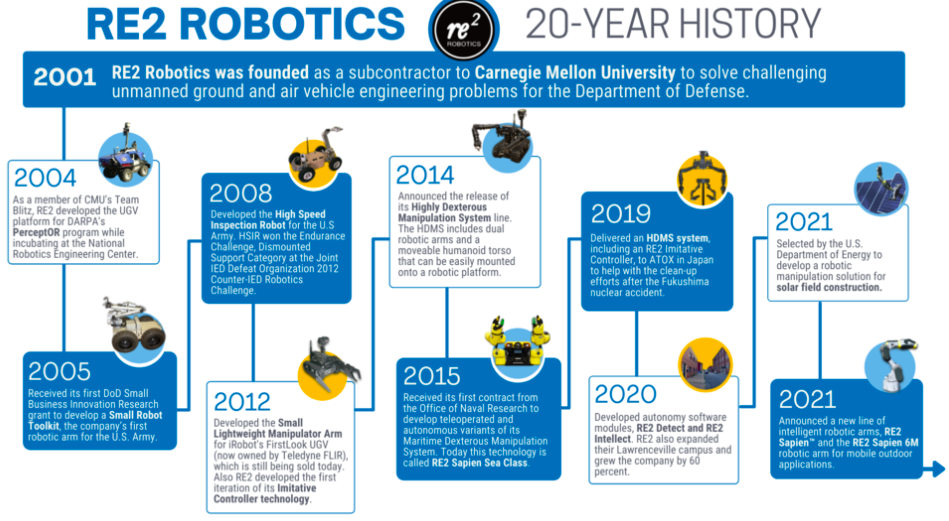
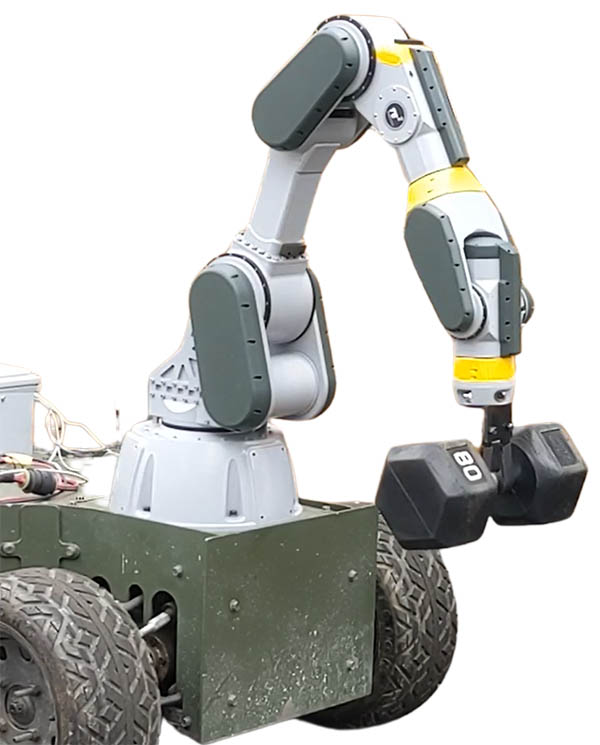
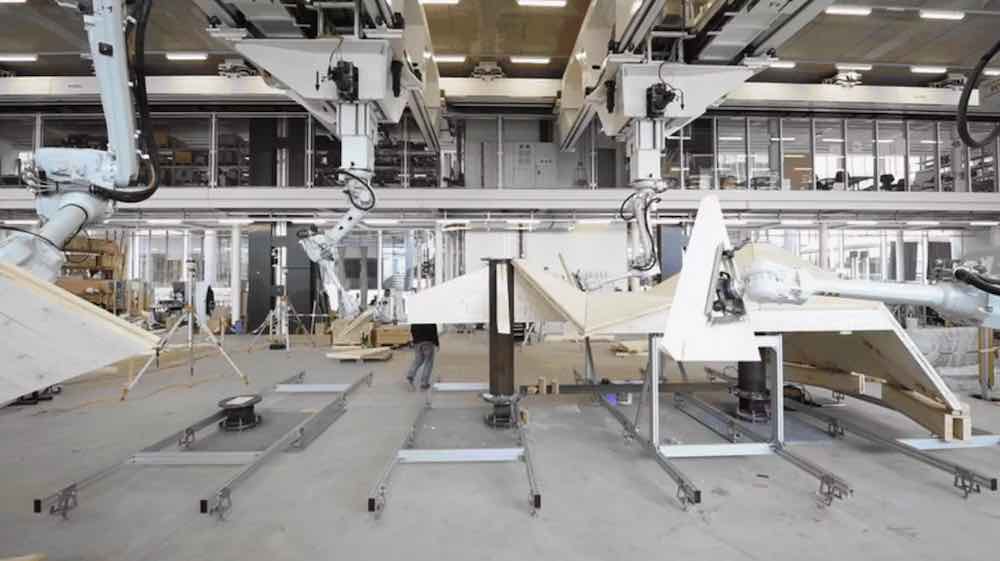
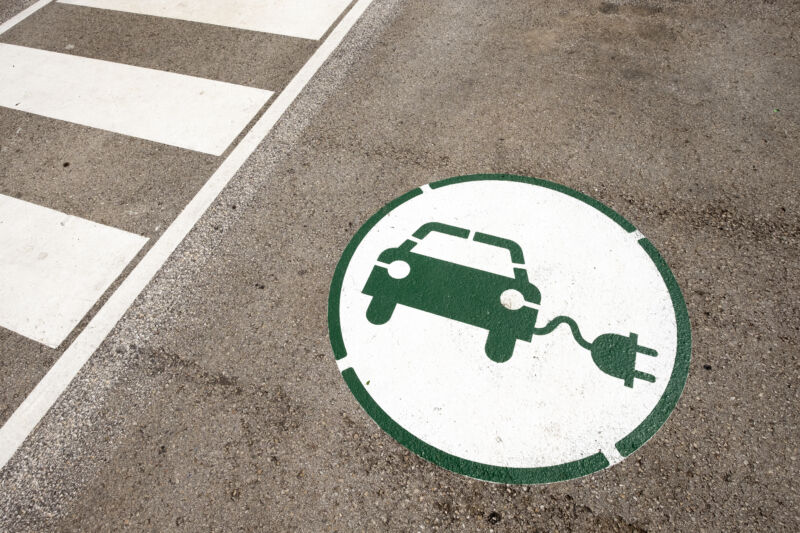
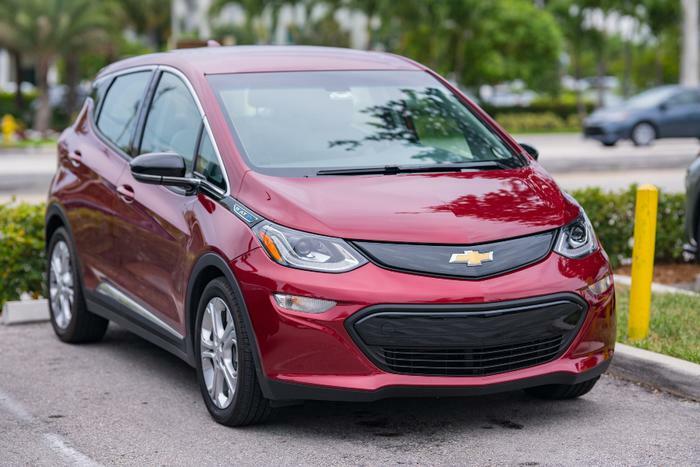
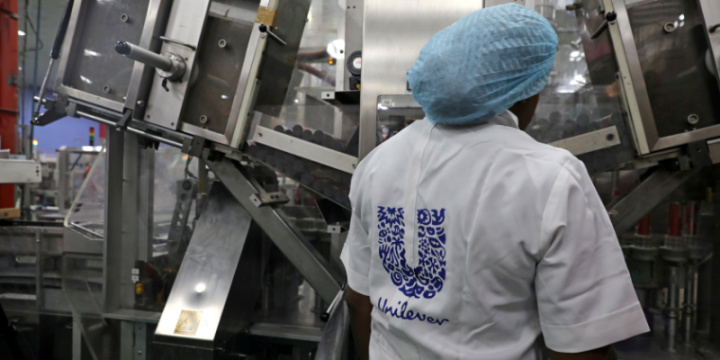


 Newsletter
Newsletter